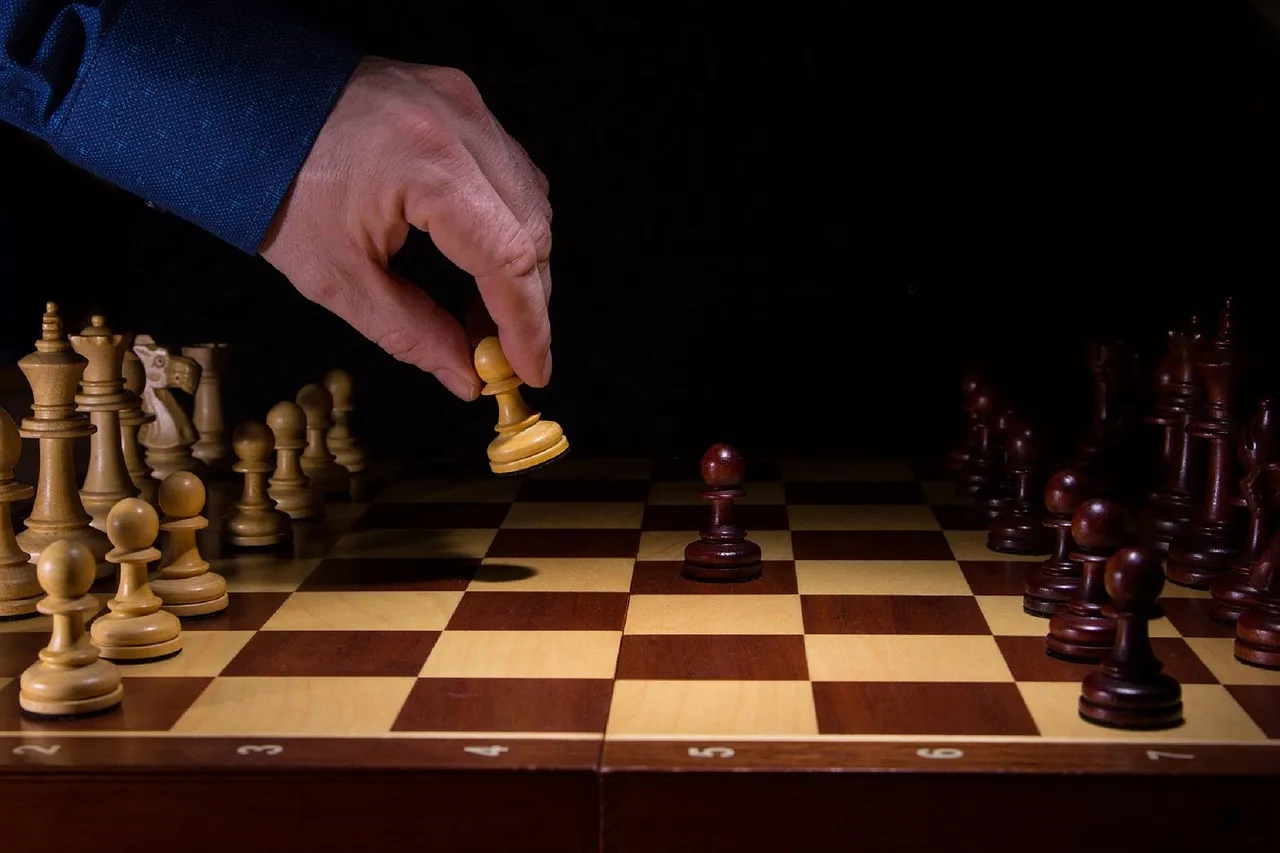Universe, the rules of the game are what we call the laws of Nature
and the player on the other side is hidden from us” - Thomas Huxley
Welcome to the 2nd day of my 14-day Learn Chess series. As you all know, I started this series to teach chess to beginners in the Hive community, and even advanced or experienced chess players can also learn a thing or two. In this episode, we will learn about the chessboard and chess pieces, and you would like to look back on the previous article to flow with the series, check it out here Previous Article's Link
Class Announcement
As a means to encourage participation and support of chess newbies, there will be a chess tournament at the end of the 14-day Learning Chess Series for people who participated in the lessons. The time, date, and prizes will be shared, and prizes will also be made available for students who react through the comment section. So ask questions, get active, reblog and learn. It is going to be fun.
Before heading off to battle, it is important to know your battlefield, the land miles, places to set traps, hideout location, and even strategic positions where you can launch a cross-fire response against the enemy. These ideas and a little action could be the difference that might just win you the battle. Well, in this case, our battlefield happens to be the chessboard, our chess pieces as the soldiers, and our opponent is the enemy.
In chess, different kinds of boards come in different colours, some could be white and black, and others could be any other kind of colour, but one constant thing is the shade of colour. No matter the colour used in the making of the board, one has to be light and the other has to be dark. This creates a presence of a light and a dark square for the bishops, which will be looked at in the lesson dedicated to the bishops. Aside from the shade of colour used to create a chessboard, another unique feature that you will find in all chessboards is the squares. The board in general are broken down into evenly shaped squares and of 64 in total (32 light squares and 32 dark squares). Hence, a chessboard could also be referred to as a 64-square board.
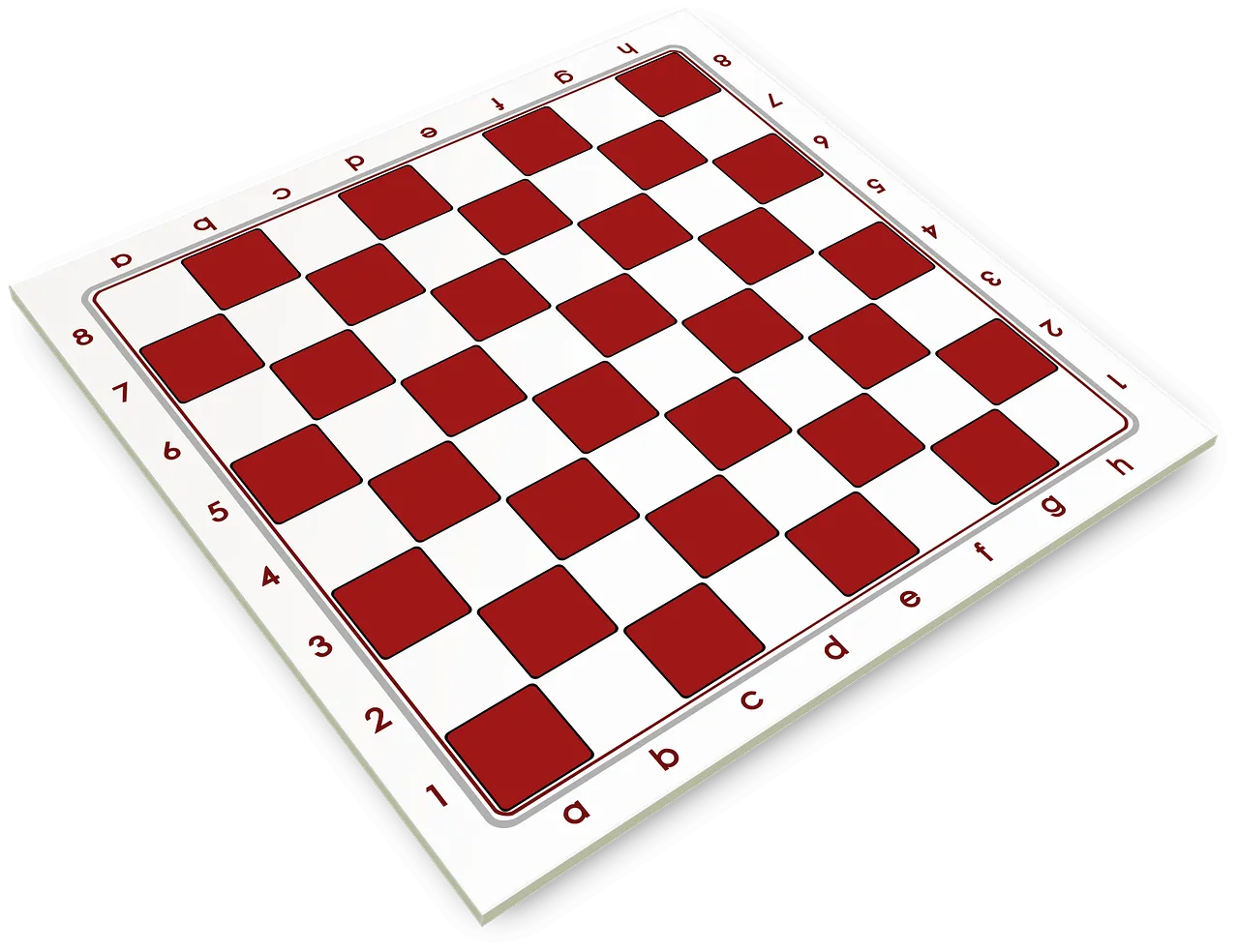
The last thing to bear in mind about chessboards is their coordinates, that is, the alphabet ranging from a-h at the lower part of the board and the numbers ranging from 1-8 on the left or right side of the board. When these two intersect, they form the name of a square. So when looking for a square, all you have to do is look for which alphabet the square falls under, is it a,b,c,d,e,f,g or h, then do the same thing to find the number the square falls under too. When combined, you should have something like this: c5 or b6. Try looking for these squares: c5 and b6.
There you have it, you have successfully learned about the chessboard, and before we wrap it up it here, always remember when dealing with chessboards, they are always made up of FILES and RANKS, which are also the alphabet and Numbers you see on any chessboard. The alphabets are the FILES, so we have the a-h files, and the Numbers are the RANKS, so we have the 1st to 8th Ranks.
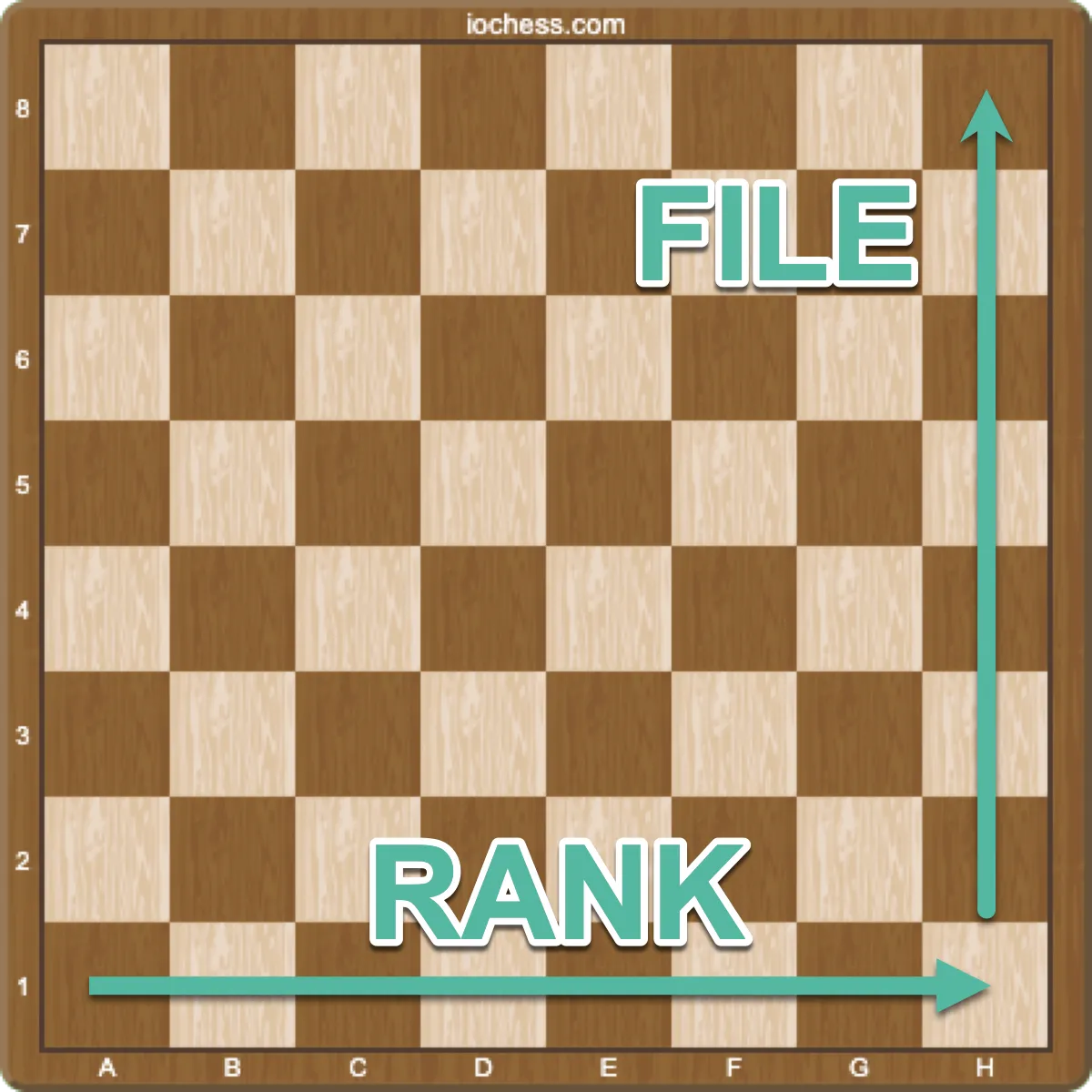
These are the chess pieces and their points:
The Pawn - 1 point
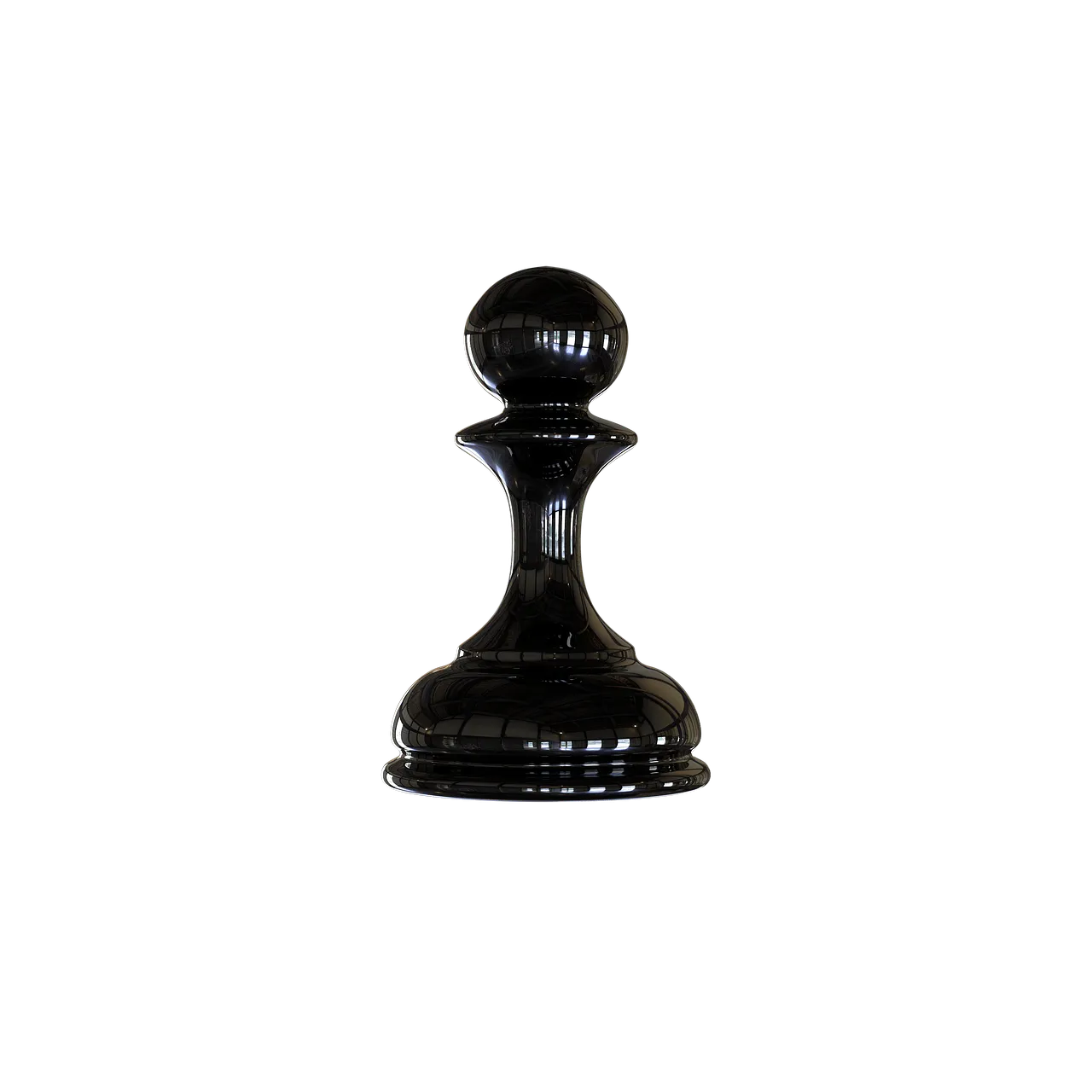
The Bishop - 3 points
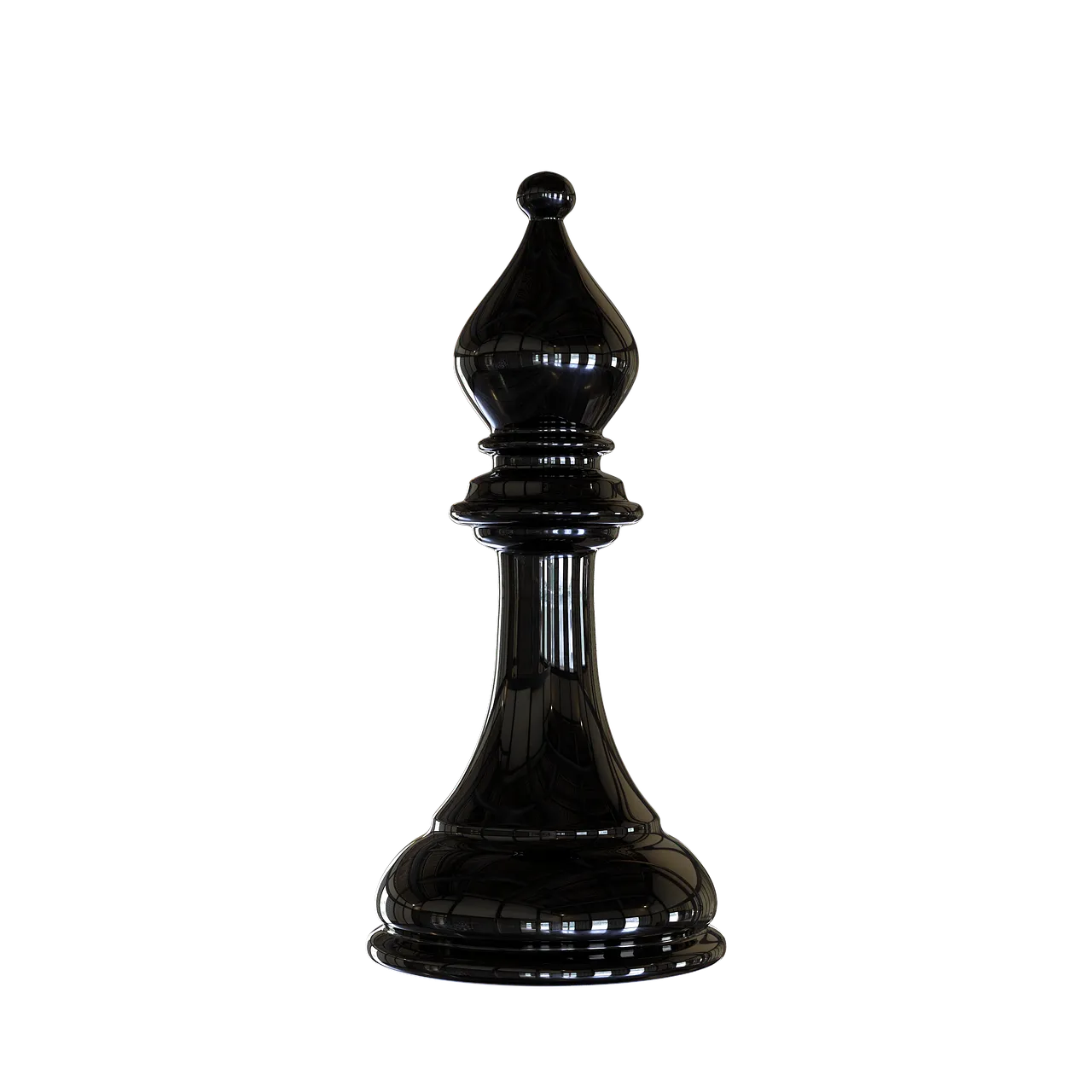
The Knight - 3 points

The Rook - 5 points
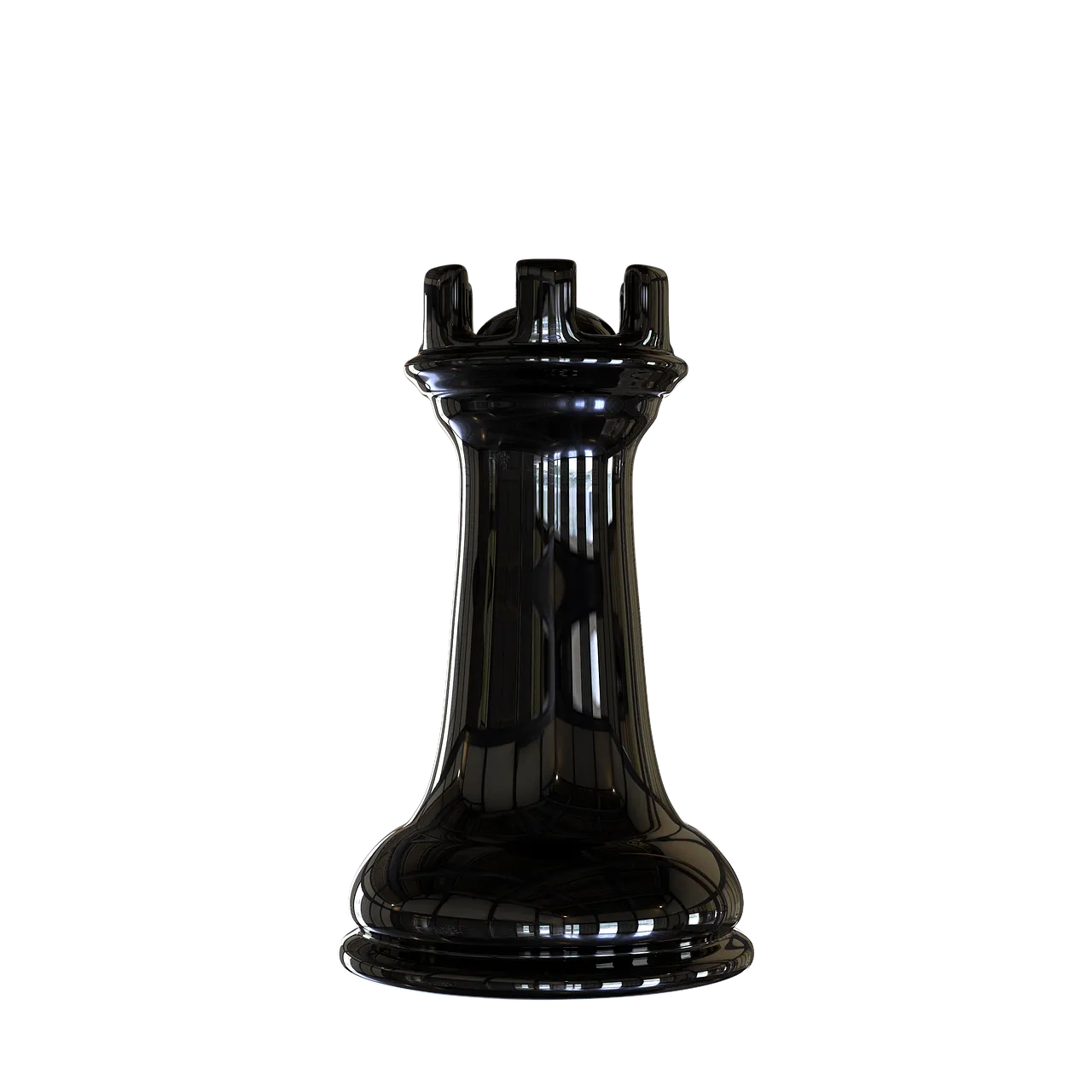
The Queen - 9 points
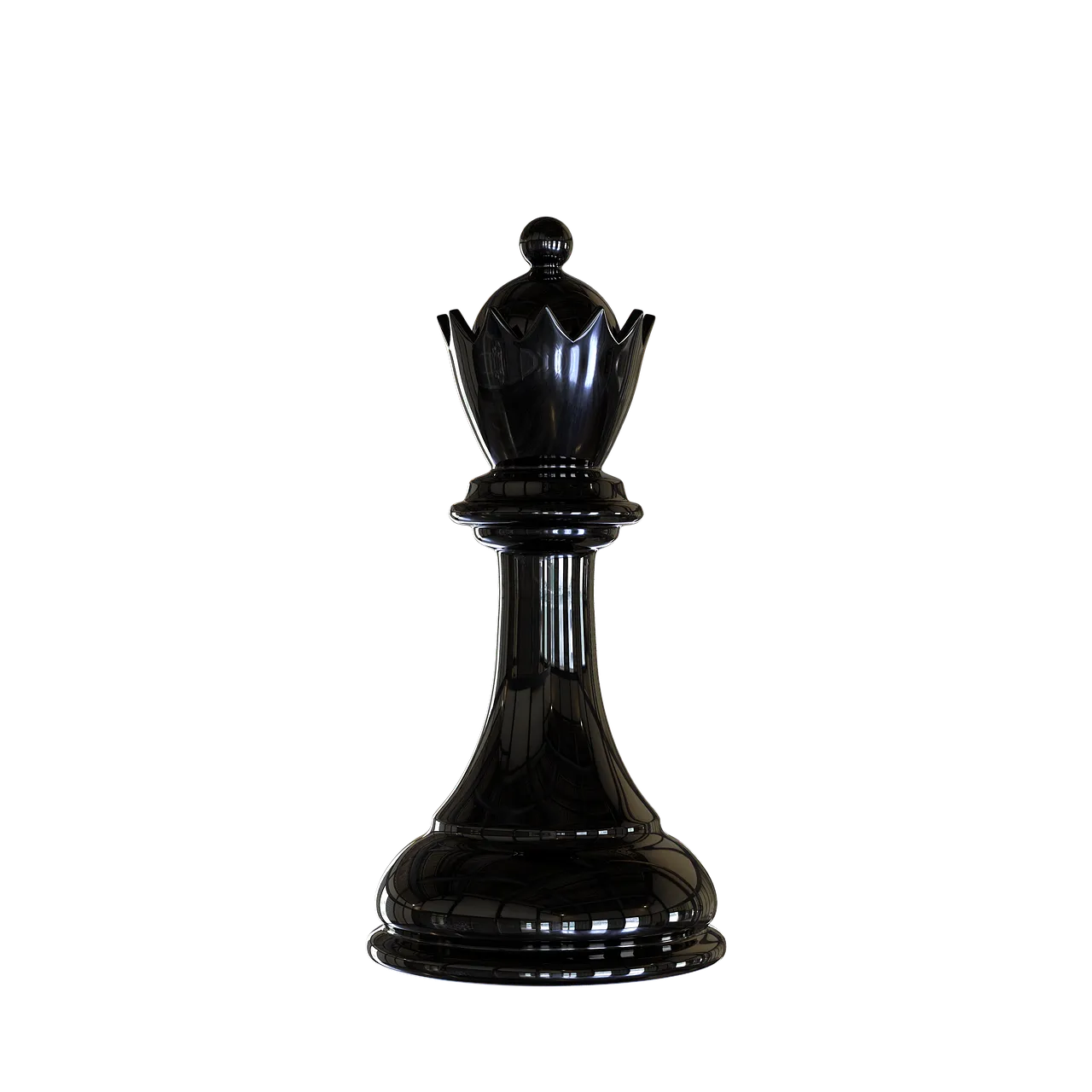
The King - Priceless (Too Valuable)

Here is a simple and short video for beginners from wikihow
That is it for now. See you in the next lesson.

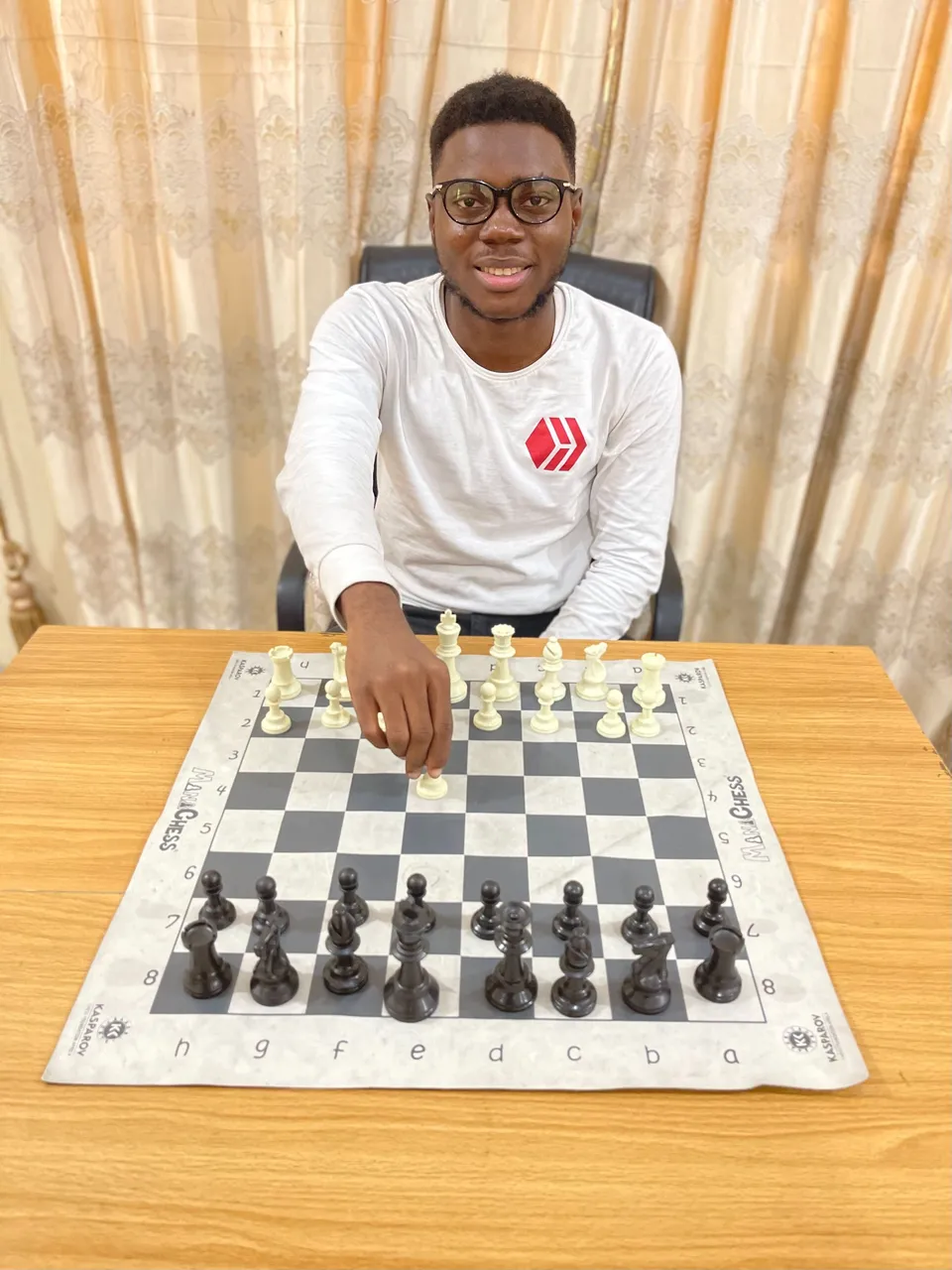
I am @samostically,I love to talk and write about chess because i benefited alot from playing chess and I love writing about chess.
♟♟♟♟♟♟♟♟♟

